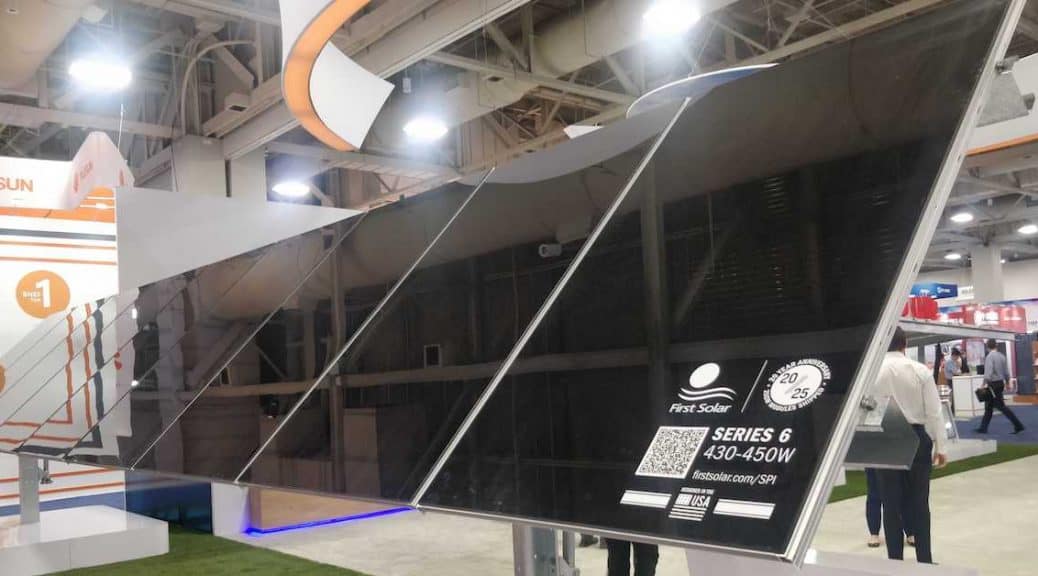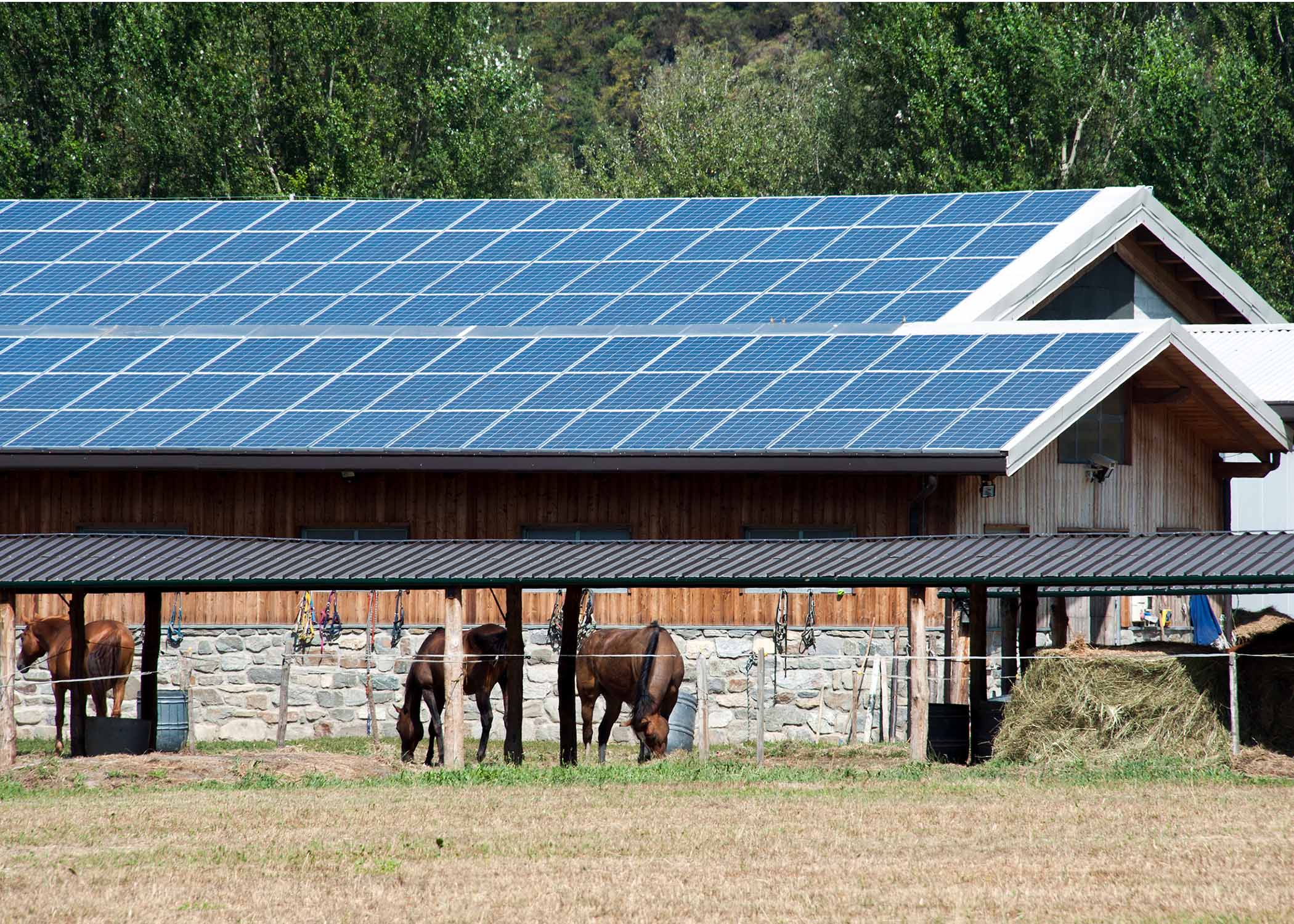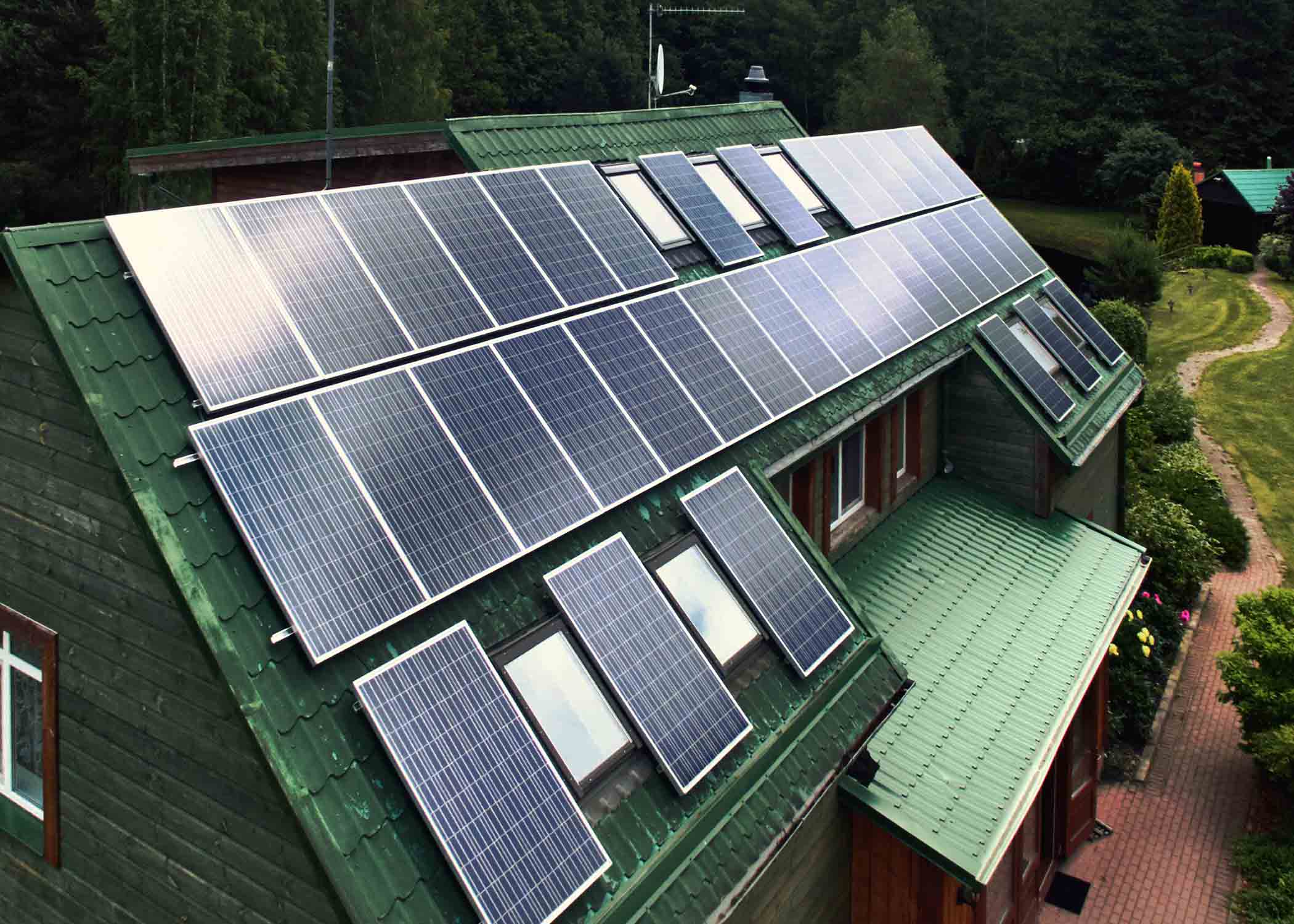As a farmer, you perform an invaluable service to your community and the country as a whole.
You are responsible for providing our community with food and resources.
And it’s no small feat!
So, to power a farm, you need a lot of energy.
With electricity prices soaring, there’s got to be a better way.
Turns out there is.
Solar power!
Solar energy has become hugely popular with 60% growth in the agricultural community between 2012 and 2017.
Farmers and ranchers who’ve switched to renewable resources have lower electricity bills and a lighter carbon footprint.
In 2022, the renewable energy industry will continue to grow.
The US Energy Information Administration projects solar may account for 39% of America’s new electricity generation capacity.
So, as you know, solar energy is renewable and sustainable.
But did you know it can also put money in your pocket by selling excess energy to your utility company?
Our guide here will help you learn how to sell energy back to the grid.
Let’s take a look!
The Basics of Agrivoltaics
Agrivoltaics are relatively new.
They’re a combination of plants and solar panels.
When you think about photovoltaic panels, where do you think the best place to install them is?
If you considered the edge of cities, you’re right.
As a farmer, you know these areas are also typically saved for agriculture.
So, why not combine the two?
You can produce crops and energy in the same place.
An agrivoltaic system affects reproduction and plant growth.
The shade of the panels affects the air temperature, and the plants become evaporative coolers.
They draw in carbon and allow water to escape.
Many plants thrive with cooler daytime and warmer nighttime temperatures.
Since the panels are sensitive to heat, cooler temperatures boost efficiency.
The Myth of Agriculture and Solar Energy
Before you master how to sell solar energy, you may have some apprehension.
One common myth claims solar modules increase the price of food.
With the money you spend on powering your farm, you have to find your profit somewhere, right?
But no evidence proves this is the case.
Instead, solar provides benefits to farmers that offset costs.
For example, you can install a system via solar leasing with no upfront costs.
If you install the system on marginal agricultural lands, it can become a source of revenue.
Part of the revenue stream could offset your operating expenses.
However, some believe your animals can no longer graze around the solar facilities, but sheep are often used for grazing.
The standard module height allows for smaller animals to fit perfectly.
However, cattle can pose a danger to the modules unless they’re placed several feet off the ground.
Allowing your sheep to graze around the panels may be beneficial because you don’t have to use as much herbicide or mowing to control the plants surrounding your panels.
The Basics of Solar Energy Storage
The biggest limitation of solar panels is simple: They produce electricity only during sunlight hours.
Every farmer will have a surplus of energy, hence why it’s important to consider battery storage.
If you don’t store energy, you have to use it as soon as it’s produced.
Otherwise, it’s wasted, and you’ll run into problems when you need power the most.
Your days are long and arduous.
You probably spend most of it working outside, rather than spending time using up energy in your house.
However, when you return from a hard day’s work, you may want to cook dinner, cool down the house, watch TV, or run other appliances.
When the sun is at its peak, your home may be dark while you go about your day.
Without storage, you may be unable to contribute to the electricity supply at all times.
Additionally, having solar energy storage allows you to smooth out the variations in how energy flows on your grid.
The variations occur because of the different amounts of sunlight that concentrate solar-thermal power systems and photovoltaic panels.
Your solar production is affected by:
- Dust
- Haze
- Clouds
- Rain
- Snow
- Other materials
Types of Energy Storage
When choosing storage, you have a choice between investing in a stand-alone storage system or placing it next to your panels.
Energy storage refers to any technology that can capture electricity and store it.
Electricity has to be stored as chemical, mechanical, or thermal energy.
One of the most popular ways to store electricity is with the use of lithium-ion batteries.
Using storage increases your system’s efficiency and improves your power quality.
The storage facility you use will depend on how much energy you want to store and how much energy you need at any given time.
A short-term storage solution ensures smooth operation during output fluctuation and long-term storage supplies for days and weeks.
Electrochemical Storage
Laptops and mobile phones use electrochemical batteries.
You feed electricity into the battery, a chemical reaction occurs, and the energy is stored.
The chemical reaction reverses when you discharge the battery, and the current flows out of the battery.
Other than the lithium-ion battery, there are also sodium, nickel-based, and lead-acid batteries.
Pumped-Storage Hydropower
Hydropower is based on water.
Electric energy pumps water uphill into a reservoir and stores it while the demand is low.
The water flows downhill when the energy is needed.
As it flows downhill, it turns a turbine and generates electricity.
Pumped hydro has been used in the US since 1929, but recently, no new dams, reservoirs, or lakes have been built for hydropower.
Thermal Energy Storage
With thermal energy storage, electricity is converted to molten salt or water to store heat.
The material is stored within an insulated tank until electricity is needed.
The energy may be used for cooling and heating or as electricity.
To create electricity, the heat boils water, and the steam drives a turbine to produce power.
Virtual Storage
You can also store energy by changing how you use devices you already have.
For example, if you cool or heat a building, the building can store thermal energy.
Water heaters can also spread demand throughout the day.
Solar Fuels
Solar power can create new fuels that burn to provide energy.
The possible fuels you can create with solar energy include hydrogen.
Scientists separate oxygen from water and create methane by combining hydrogen with carbon dioxide.
Solar storage benefits farmers, residents, and operators.
Often, utility companies have budgets for mechanical and thermal storage options.
When it comes to energy, you can theoretically store energy for as long as you want.
Keep in mind that with batteries, there will always be leaks when you store and release energy.
The How to Sell Solar Energy Guide
In 40 different states, households that use residential solar panels may receive checks or credits from the utility company for any excess energy they send to the grid.
This excess is produced throughout the day, but you can draw on those credits when you need extra energy from the power company.
The more unused energy you produce, the more you can sell to the power company.
Learn the Available Options in Your State
When it comes to how to sell solar energy, you have to check the rules and rates in your specific state.
In addition to states having different rules, power companies may have varying regulations, too.
Some companies may have caps for how much you can sell.
Research Your Tax Benefits
Tax credits are dollar-for-dollar reductions in how much you owe in taxes.
Here are some fun facts:
- You can claim the federal residential solar energy credit on your federal income taxes.
- Your claim would be toward a percentage of the cost of your photovoltaic system.
- You must install and use the system within the tax year.
- You qualify for the credit if you’ve installed your system between 2006 and 2023.
- Some states also offer tax incentives to switch to renewable energy.
- The more sustainable your home is, the more incentives you may be able to take advantage of.
- In some states, you may have different state-level tax credits or rebates.
- You may also be eligible for the Rural Energy for America Program (REAP) Renewable Energy Systems and Energy Efficiency Improvements Grants and Guaranteed Loans program.
- This program provides farmers and rural small business owners the ability to purchase and install renewable energy systems.
- The program guarantees loans up to 75% of the total costs, while grants are for up to 25% of total costs.
The Basics of Community Solar
Once you decide to invest in solar panels for your farm, you have the opportunity to benefit your community.
Not all members of the community have the resources to install solar panels.
Your panels can benefit members of the community who rely solely on the grid.
One central power plant provides electricity to hundreds or thousands of homes.
Other members of your neighborhood reap the benefits of savings on their bills every month when you connect your panels to the grid and sell the excess energy to your electric company.
How Community Solar Works
Virtual net metering makes community solar possible.
Households receive net metering credits and pull electricity from the grid that you replace with solar energy.
The most common community participation model is the subscription model.
In this model, participants subscribe and pay a lower price on the electric bill every month.
A community solar program is not the same as group purchasing.
Group purchasing occurs when businesses purchase systems at bulk rates.
In group purchasing, every company owns its own solar project.
The specifics of your community program depend heavily on your utility company.
How Community Solar Benefits the Neighborhood
When the grid uses solar energy, the extra electricity feeds back into the grid and reduces the need for infrastructure updates.
Without solar power, the grid may occasionally have rolling blackouts due to transmission-line congestion.
Inconvenient outages because of repairs and upgrades become less common with community solar.
As our grid ages, it becomes more vulnerable to stress.
Climate change has created hotter summers and stronger storms that continue to threaten the power grid.
A catastrophic weather event could take out the entire system.
Not only does this create a significant inconvenience, but it becomes dangerous to the community.
We rely on heat, air conditioning, and energy to power our refrigerators and other appliances.
In addition to weather-related events, cyberattacks and terrorism may also threaten the grid.
To bring the system up to date would cost billions of dollars.
If the grid has other power sources, including solar power, there is a reduced likelihood that the system will fail in any given scenario.
Running your home on solar power generates zero toxic emissions.
It also reduces pollutants from burning fossil fuels.
Not only does this protect your family, animals and, crops, but it also protects the families in your community.
A healthier community has fewer healthcare costs.
Solar power diversifies the energy supply and helps the pricing remain consistent and affordable across the board.
Likewise, as the industry grows, more jobs may become available within your community.
Trust Unbound Solar and Learn How to Sell Solar Energy
Choosing a system that suits your needs is the first step toward a more environmentally friendly farm.
We at Unbound Solar® can work with you to design a system to your specifications.
But our support doesn’t end there.
We’ll be there for you to answer questions or to deal with any problems that arise.
Let us help you with all your solar needs!




